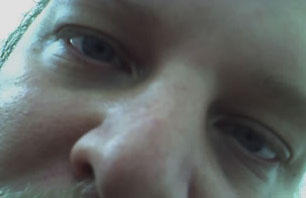Did you ever have one of those children's books where the images were 3-dimensional, or as you changed your viewing angle, the image seemed to shift? Those are called lenticulars. The new 3D television without glasses works the same way.
What happens is this: On the television screen (we'll keep it simple and just stick with lines; that might not be the case), the even vertical lines of pixels show the picture that is destined to go to the right eye and the odd vertical lines show the picture that is destined to go to the left eye. Over the television is laid a piece of clear, ribbed material, called a lenticular lens. The ribs act like prisms: They take the even lines and bend and project them to a certain distance in front of the television where your right eye will need to be located, and the ribs do the same with the odd lines for your left eye.
That's right, in order to watch 3D TV without glasses, you'll need to be sitting in a rather fixed viewing spot in your living room, and a rather fixed distance from the screen itself. There are actually several closely-spaced, fixed, equidistant viewing spots, as the prisms create repeating "sweet spots" in a line in front of the TV — three in the example I saw outlined on the internet — which apparently means that only 3 people can watch the 3D TV at once.
So, in other words, 3 people sitting pretty much shoulder-to-shoulder, with eyes about 2 meters away from the screen, will be the only possible viewing configuration.
Now you know how it will work. Nothing too complicated, and rather limited in its potential... makes the glasses option seem a dozen times better.
Subscribe to:
Post Comments (Atom)


No comments:
Post a Comment